Umberto Mariani was born in Milan on November 16, 1936. Father Ugo and his mother Jole Nizzoli are accounting and represent, in the family context, the most typical environment of the small bourgeoisie between the two wars, but strongly permeated with idealistic reasons. This is confirmed by the activated participation of the Father in the anti -fascist struggle. In the years 1943- 1944, their home in Milan served as a refuge to groups of persecuted Jews, protected and helped by the clandestine organization headed by Fernanda Wittghens. The experience of war leaves significant traces in the soul of the very young Mariani. It performs regular artistic studies, first in the artistic high school and then in the same historic building from 1954 to 1958 at the Brera Academy in the Achille Funi school, in the study of which it is hired as an assistant. In the years from 1959 to 1965 Mariani collaborates strictly with his teacher for the creation of numerous and grandiose fresco decorations. He also collaborates in the construction of the altarpiece of San Giuseppe in the Basilica of San Pietro in Rome (central altar of the left transept). Through these experiences he learns the ability to "work big" skills used for all years to follow. In the leads, the most recent experiences, the artist, preserving the theme most expensive to him, or the drapery, provides a stylized and surveyor idea of this subject. Now it is no longer the sumptuous and redundant quote of the baroque folds, but more meditated forms suggest a more calm and intimate reading of this theme which without a shadow of a doubt is the most widespread and universally treated in all times of the history of art. In the pyoves, the drapery has lost all the green form, it has crystallized in straight lines that certainly turn to affirm a more idealistic, more symbolic vision.
For forty years that Mariani offers his "leads" to the world.
In a magical game of Marian appearances it transforms lead into fabric.
It is the three -dimensional continuation of its drapes, once painted. Now it is a heavy material with infinite meanings, the lead, which for a magical game from the artist changes in a soft and fascinating drapery. with a sensational operation, the artist Mariani assumes the figure of potential alchemist. At first glance, no visitor can recognize in these works by Mariani the matter from which they were born. The mutation is perfect. Mariani is now a certainly modern artist, very current, but his poetics sinks in the oldest and most popular experiences and both noble and popular culture of Europe.
The European painting and sculpture have provided for centuries, indeed for millennia, infinite models and drapery representations. The slipper of the sacred figures and saints in the Christian tradition has always been an element that has occupied the most part of the painted and carved surfaces. In popular festivals and religious ceremonies, the drapery has always occupied a privileged space. But even before the Christian era, in the great ancient and then Roman Greek culture, the panneggio occupied a leading role. Who does not remember the Nike of Samotracia on the Louvre staircase with those wonderful clothes that are dismissed by the wind? Mariani, a European artist in all respects, also declares himself proudly "pop artist", linked, without discussions, to the popular visions experienced for centuries, in an intimate way, by all the social bands of the European communities. Mariani does not in any way feel the need to confront the realities of supermarkets which, certainly today, propose popular visions, but only trivial, commercial popular visions and without charm. Can we compare the nike of Samotracia with the bottle of Coca Cola? This is left to the Americans, people without history and without traditions.
By proposing a modern vision of the European humus we will also help to return to art those spiritual contents that has been tried to erase in the last 50 years, with the ridiculous and paradoxical results that are evident in the contemporary world.
Opera exhibited at the exhibition "Umberto Mariani Pluto and Dioniso held at Museo della Painting Mural, Prato, 2015 and published in the Allemandi catalog of the exhibition.
Work accompanied by authentic signed by the artist, catalog included in the sale
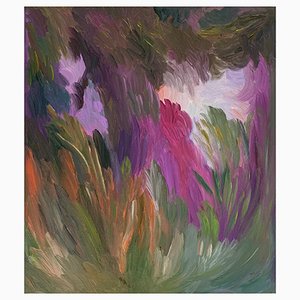

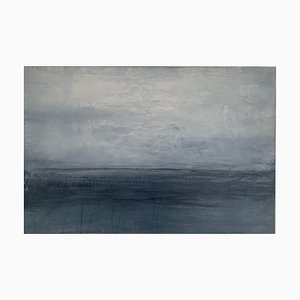
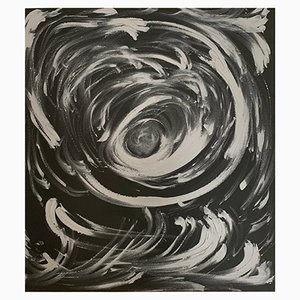

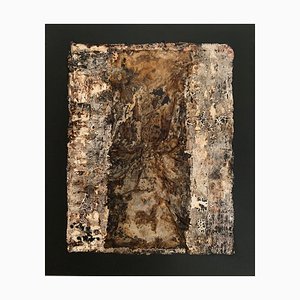

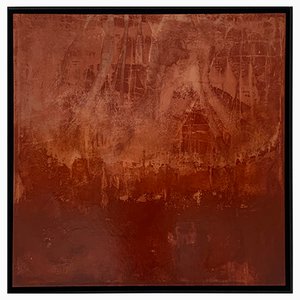

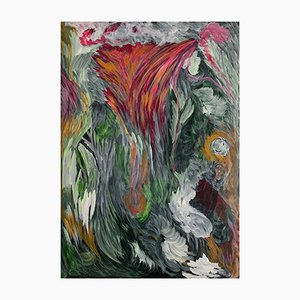
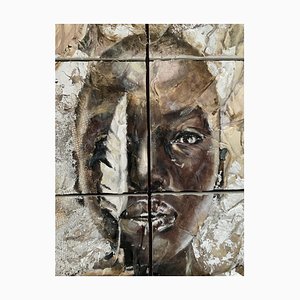

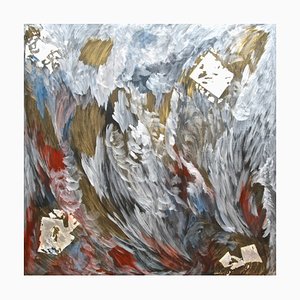
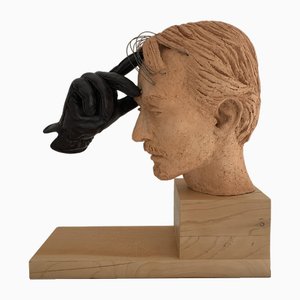

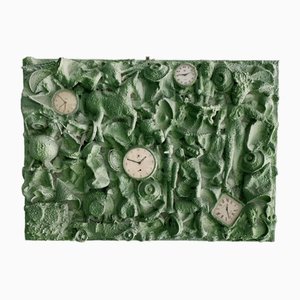
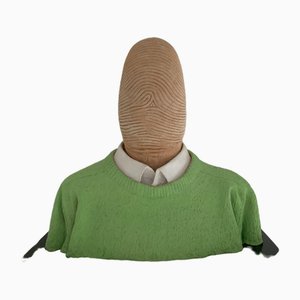

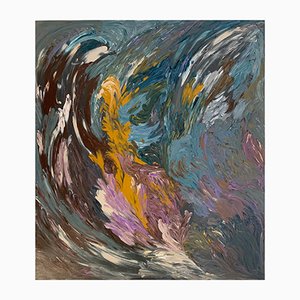
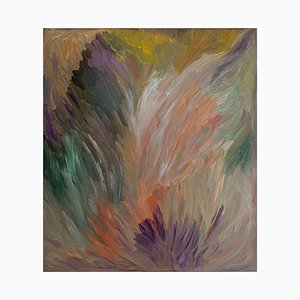
Get in Touch
Make An Offer
We noticed you are new to Pamono!
Please accept the Terms & Conditions and Privacy Policy
Get in Touch
Make An Offer
Almost There!
To follow your conversation on the platform, please complete the registration. To proceed with your offer on the platform, please complete the registration.Successful
Thanks for your inquiry, someone from our team will be in touch shortly
If you are a Design Professional, please apply here to get the benefits of the Pamono Trade Program